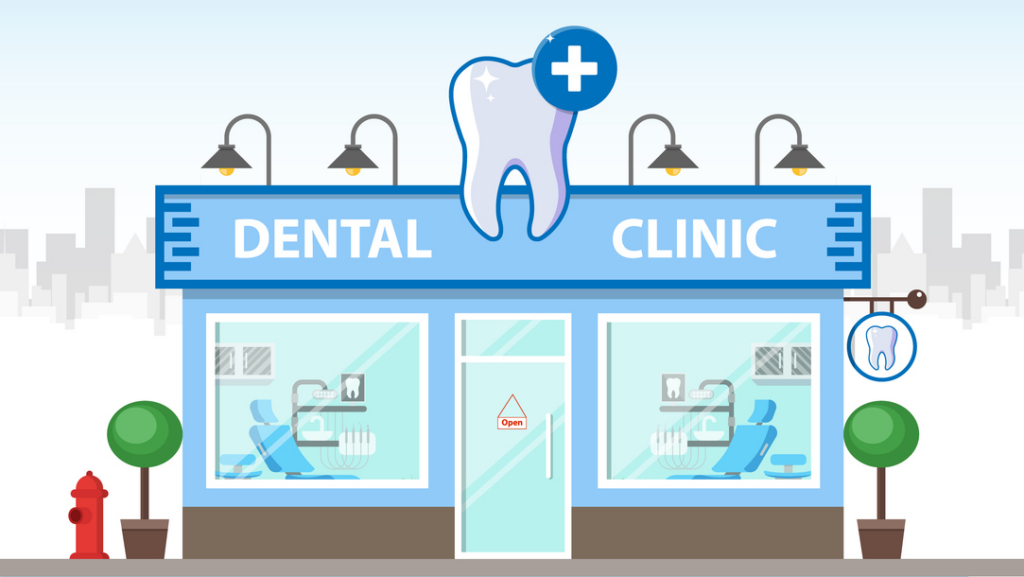
Buying a practice is a major decision, but when you pull the trigger on buying an existing practice, you get the opportunity to become an entrepreneur without starting an office completely from scratch.
In today’s economy, I find myself encouraging first-time practice owners to purchase a practice rather than starting one up particularly if they are in a larger urban centre such as Toronto, Vancouver, Calgary etc. Starting a practice has its advantages – designing, setting up, and establishing systems your way. However, the cost to build, and the time needed to get the practice going before you break even, mean that one could easily reach a debt load of $1 million to $1.5 million. In my opinion, buying an established practice is a better option because you are buying patients who generate cash flow. Ultimately, you avoid some of the pain points and costs of starting a new practice.
Many buyers claim to be willing to do whatever it takes to be successful. While this intention may be sincere, the true skills required are simply not there. Being confident is important but knowing who to surround yourself with is equally important.
Many first-time buyers I speak with prefer to stay in the price range of $500,000 to $1 million. They feel managing the debt is easier and, if necessary, they can keep an associateship for a day or two. However, the main issue I find is that many of these buyers want the practice to have the equipment, facilities, and cash flow of a $2 million office, which is simply not realistic. There are certainly opportunities at this price point but sadly they are missed because of unrealistic expectations.
The journey from finding a practice for sale to closing the deal can be long and complicated. Before you begin the journey of buying your own office, create a checklist that will enable you to see through some of the imperfections. I find most people really do not know what they are looking for. Being in this industry for 30 years, I would like to suggest the following items appear on your list:
- Established location
- Ability to expand hours
- Growth in the area – more condos and/or houses
- Procedures being referred out
- Very little marketing being done
- Opportunity to do more
- What type of patients visit the office
In the past, I would tell a new purchaser to pursue an office that ticked 75% of their list. Now, I suggest 65%. I have not lowered my standards but rather see the opportunities in these older offices, particularly in competitive markets. Do not let older equipment or the necessity for a fresh coat of paint deter you. Clearly, patients are okay with the office because they choose to receive dental care from this practice. Also, if this practice is not located in a high-end neighborhood such as Yorkville, do not necessarily shy away from a clinic that accepts ODSP or CDCP. Owners who know how to use these programs can do so quite profitably. The problem associates have, and I do understand this, is that often, these are the only patients they are given while the principal takes all the cream. I am merely suggesting that you not dismiss an office because you only see the cosmetic negatives. Make an offer if you see opportunity. Due diligence and your advisors will help you determine if this practice makes sense for you and has opportunity to grow into the perfect office for you.
We know that buying a dental practice can be a very stressful and time-consuming process. It is a complex endeavour with many intricacies involved. Go into the process with an open mind and good advisors and check your ego and emotion at the door. There is no perfect office for you to buy but rather you can purchase an existing one that you can make into your perfect office.
About the Author

Jackie Joachim graduated from the University of Toronto with a Bachelor of Arts degree in Business and has nearly 30 years of experience in the health care sector. She is currently the COO at ROI Corporation. Jackie has developed and delivered seminars to healthcare professionals across the country, and has coached hundreds of practitioners for planning, marketing, patient education, human resources, and financial management.











